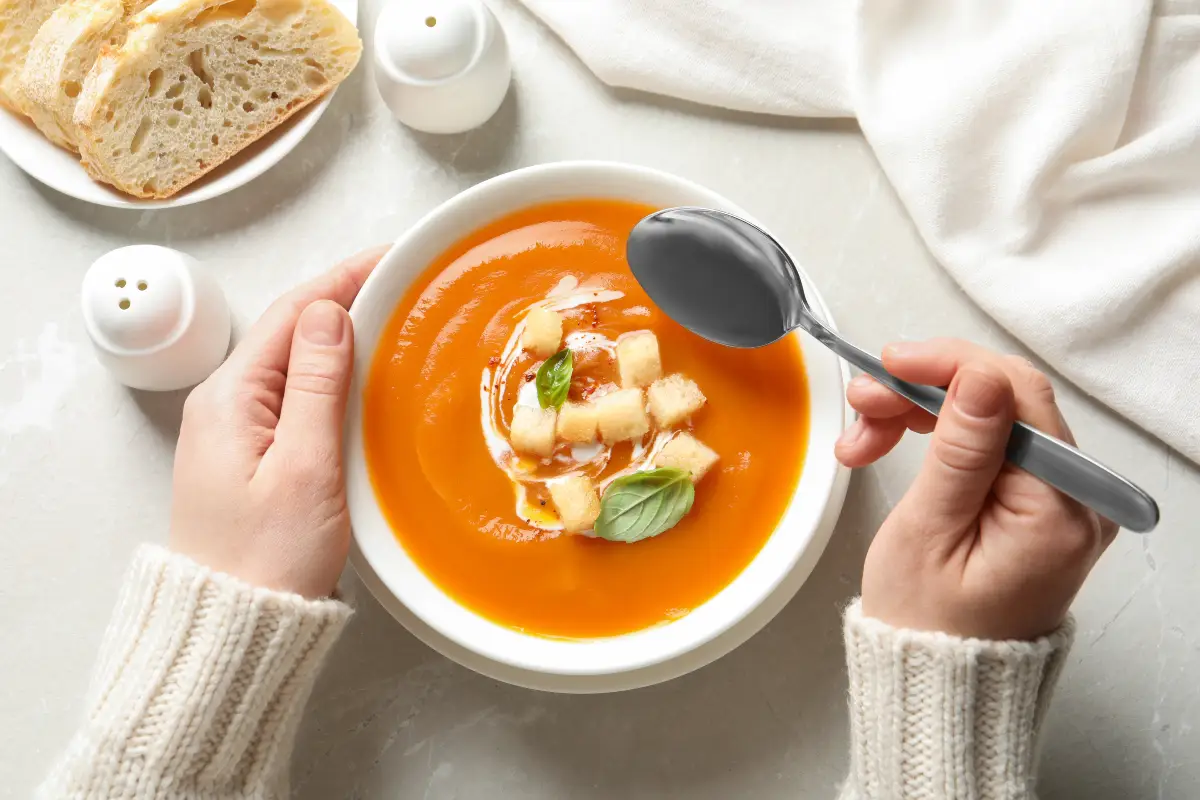
Frozen foods: 77.5% of Italians buy them at least once a year
A third of consumers appreciate them for the speed of preparation, another third for the goodness of the products

In the sub-zero sector, the ready meals product segment has recorded a notable increase over the last few years, reaching 65,000 tonnes consumed in Italy in 2022. In 2021, the greatest increase was recorded: +10.2% vs. the previous year and this result was also confirmed in 2022, when consumption of ready meals recorded substantial stability. Today, almost 8 out of 10 Italians (77.5%) declare having purchased frozen ready meals in the last year. Of these, 30% say they did it regularly. This is what emerges from research commissioned by the Italian Institute of Frozen Food (Iias) and conducted by AstraRicerche, in October 2023, on a sample of approximately 1,000 Italians, aged between 18 and 70. The survey highlighted the consumption habits of Italians regarding a particular product category of the frozen sector - that of ready or "recipe" meals - which especially in the North-West, among the younger generations (Gen Z and Gen Y) and in families with children under the age of 10 are the most popular. Thanks above all to the great practicality of these products.
The Iias-AstraRicerche survey highlights, in fact, that for around 7 out of 10 Italians the main purchasing motivation is convenience, which allows them to always be kept in the freezer, within reach. A third of those interviewed prefer them for the speed with which they can prepare elaborate dishes and a similar percentage of the sample chooses them for their goodness and pleasant taste. Finally, it is economic convenience that pushes 1 in 5 Italians to purchase, while there are also those who admit to choosing them because frozen ready meals are a 'guarantee' of the success of recipes which otherwise would not have the same flavor and same harmony.
From the Iias-AstraRicerche survey, it emerges that 22.2% of those interviewed have purchased frozen ready meals in greater quantities in the last 3 years. The consumption trend has remained unchanged, however, for 1 in 2 Italians, who continue to buy them with the same assiduity. But who eats them most in the family? For approximately half of the families interviewed (49%), frozen ready meals are consumed by all members of the family unit in the same way - parents and children without distinction - since these products satisfy everyone's tastes. In fact, their main strength is precisely their versatility, according to 23.4% of those interviewed. But even more so are the ease and speed used for preparation and cooking, for 6 out of 10 Italians. For 1 in 2 (53.6%) ready meals also embody the perfect solution when you don't feel like it or time to cook something delicious. Finally, there are also those who recognize taste and goodness as their main plus.
Among the many 'types' of frozen ready meals, there is no real one that inspires Italians more than the others. In general, side dishes are the most loved by 31.8% of the sample, almost on a par with first courses, preferred by 29.8% of interviewees, and closely followed by second courses, chosen by 26.9% and finally from single dishes, which 11.5% of the sample, composed mainly of women and Baby Boomers, favor.
But what are actually the most loved dishes? In first place, in the hearts of those interviewed we find the traditional lasagna Bolognese (26.2% of preferences), a dish that recalls the beloved "grandmother's cuisine", especially for men and the Baby Boomers generation. This is followed by mixes of battered fried vegetables (22.8%, chosen mainly by women and Gen Z) and Paella (21.2%), an international dish that blends tradition and novelty. In the top 5, we also find ready-made frozen soups, indispensable for 18.9% of the sample and excellent allies in this period of the year, as comfort food, preceded equally (with 19% of preferences) by roast chicken with potatoes and spinach with stringy mozzarella, great timeless classics on our tables.
Frozen ready meals, due to their intrinsic characteristics, lend themselves to being consumed at different times of the day and on multiple occasions. For more than half of those interviewed (55.2%), eating them at home, for lunch or dinner alone, is a must, thanks to their speed of preparation. But with the reduction of smart working and the return to the office, there is also a 28.8% who bring them to work, to have a quick and complete meal on hand, to be heated up on the spot in the microwave. Finally, surprisingly, there are also those who love to bring them to the table for the classic "Sunday lunch" (25.4%), to eat something different and tasty with the whole family: a sign of affection and appreciation for product that goes beyond simple preparation speed and practicality; finally, an interesting fact emerges that a further 8.6% of the sample declares that they eat them even when they are abroad, to feel at home, rediscovering Italian flavours.
EFA News - European Food Agency